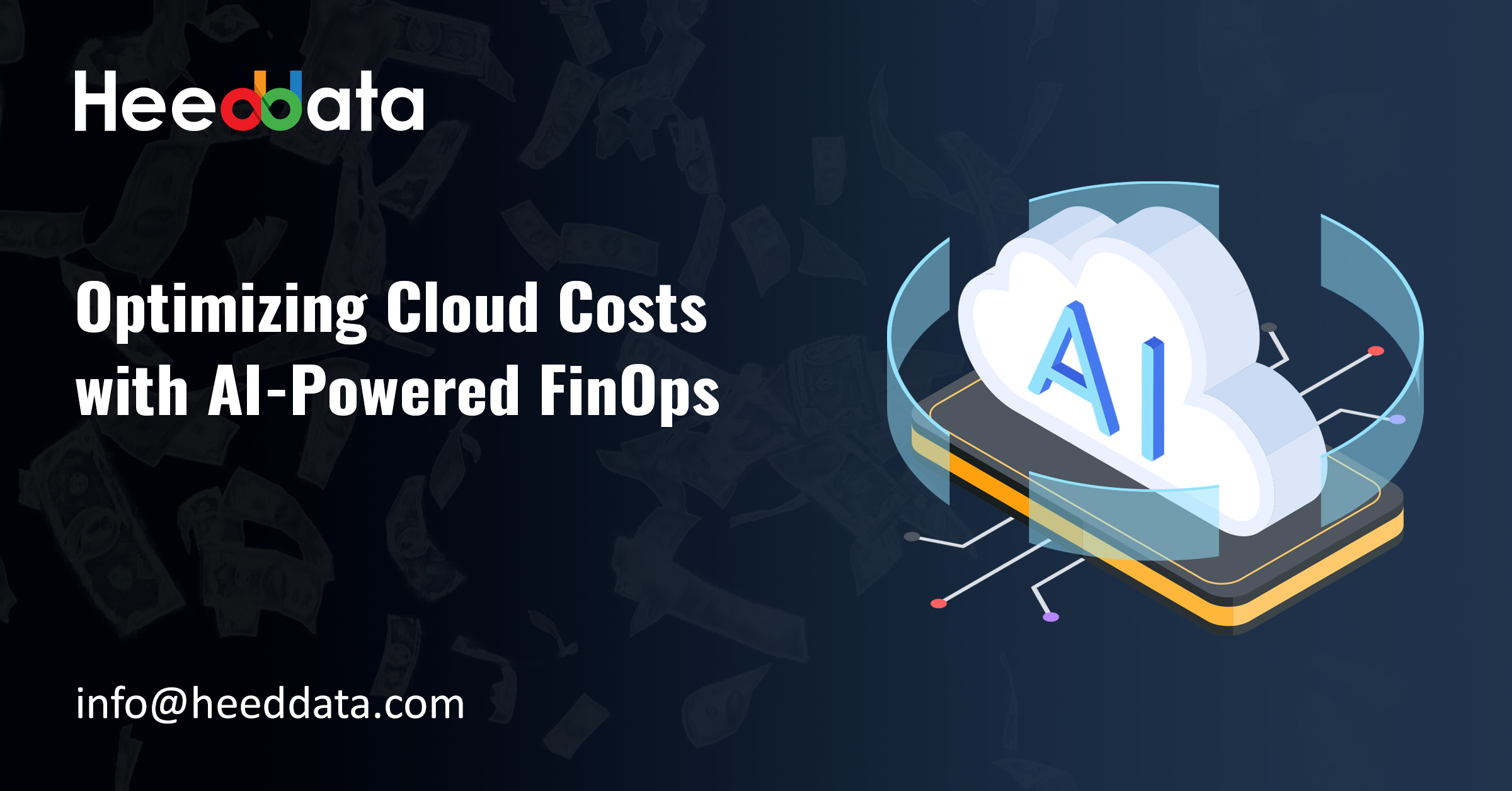By now all organizations have recognized the benefits of migrating their workloads to the cloud. But the shock of the cloud bills is still leaving them troubled and clueless in the review meetings.
Hence, it becomes imperative for organizations to get on the FinOps journey to not just control the cloud cost but also maximize the resource utilization, increase efficiency, and make cloud environmentally and financially sustainable.
Pitching the Next-Gen FinOps
In today’s IT arena, the focus is on implementing technology solutions that streamline business tasks, resulting in significant time and cost savings. We have already made strides in automating and simplifying processes, from SDLC to DevOps and CI/CD frameworks, benefiting both developers and operations teams.
Now, let us consider extending automation to the FinOps process, similar to what we have accomplished with DevOps. But to do that, we need to first understand the FinOps framework that comprises three essential phases: Inform, Optimize, and Operate. Although I won’t delve into the specifics of each phase here, I will shed some light on how automation can effectively streamline these phases. Embracing automation in FinOps can empower organizations to fetch better control over cloud costs and resource allocation, leading to enhanced efficiency and financial optimization.

The Three Phases of FinOps Automation
- Phase Inform: It plays a critical role in providing comprehensive cost visibility, resource allocation, benchmarking, budgeting, and accurate forecasting to our finance team.
- One of our key objectives is to establish robust policies that ensure effective cost management. These policies will include setting minimum and maximum cost thresholds at the resource level. When a resource reaches these defined thresholds, an automatic alert will be triggered to inform the relevant team. If timely action is not taken, the alert will be escalated to ensure appropriate measures are promptly implemented.
- Proper tagging is a cornerstone of the entire FinOps process. It is essential to get tagging right to identify the root cause of costs accurately. During configuration, we will collaborate closely with project and other teams to understand their specific tagging requirements. However, we can further enhance efficiency by automating the tagging process at the account level. This will enable automatic assignment of relevant tags to newly created resources based on pre-defined rules, such as associating specific tags with resource ID-A. By doing so, we can streamline the tagging process and ensure cost attribution is accurate and efficient.
- Phase Optimize: The Optimize phase focuses on enhancing cloud efficiency and optimizing the cloud footprint. The foundation for this phase is laid during the Inform phase, where accurate tagging ensures comprehensive data for optimization. Precise tagging is critical for informed decision-making during optimization.
- To achieve optimal results, we rely on an AI/ML-powered engine specially designed for this phase. This sophisticated engine conducts cost-benefit analyses to determine whether transforming from Reserved Instances (RI) to Spot instances would yield benefits. It also tailors its approach based on the specific hyperscaler being utilized.
- The Rightsizing engine is another essential component of this phase. It proactively engages in predictive rightsizing of resources, aligning workloads with the correct number of scaling resources. It also identifies opportunities to power off resources when they are not in use, utilizing various optimization techniques.
Ultimately, our goal is to fully automate this phase and ensure that our actual workload aligns optimally with the cloud services we utilize at any given time. By using the right resources, appropriately sized, and only when needed, we can generate maximum business value. This variable-use model, unique to the cloud, empowers us to maximize the value delivered to our business, making optimal cloud utilization a reality.
- Phase Operate: The phase represents an ongoing and iterative process focused on continually optimizing cloud resources. The success of the Operate phase is contingent on the successful implementation of the Inform and Optimize phases.
- Automation plays a pivotal role in the Operate phase. It involves tracking KPIs that were initially set and revisiting them in alignment with our business objectives. The automation in this phase is closely connected to the Inform phase, where resource thresholds are established. The Operate phase serves as a comprehensive review of our cloud economy, assessing how well we are performing in terms of cost management and resource utilization.
To ensure effective coordination and execution of the Operate phase, it is essential to have a centralized ownership team, such as the Cloud Centre of Excellence (CCoE). The CCoE will take the lead in collaborating with various stakeholders and driving the efforts to optimize cloud operations across the organization.
Conclusion
Summing up, adopting FinOps early in the cloud workload migration journey is paramount to mitigating unexpected cost surprises in your cloud bill. By embracing FinOps principles from the outset, organizations can proactively optimize cloud resources, achieve cost efficiency, and maximize business value. So, don’t delay – start your FinOps journey today to ensure smooth and cost-effective cloud operations throughout your organization’s cloud transformation.
Ready to take a demo of Heeddata? Please write to us:




